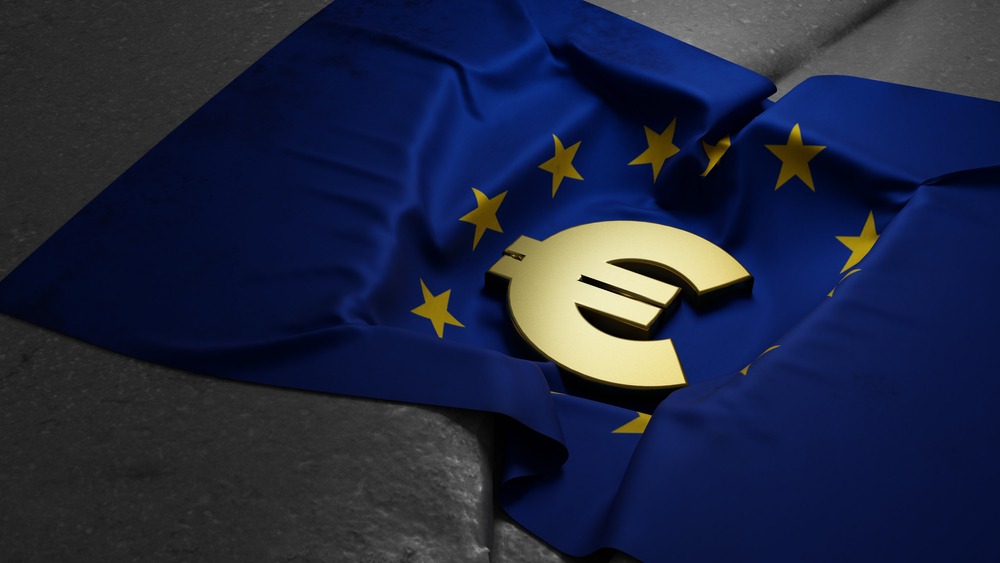The European Union (EU) is making significant strides toward formulating a comprehensive plan to utilize frozen Russian assets for the reconstruction of war-torn Ukraine. European authorities have frozen more than 200 billion euros ($215.5 billion) belonging to the Russian central bank, along with an additional 20 billion euros ($21.5 billion) held by Russian private individuals as a response to Russia’s invasion of Ukraine and subsequent aggression.
Navigating the complexities of this issue poses significant legal, financial, and political challenges. The EU has consistently emphasized the importance of holding Russia accountable for the damage and suffering it has inflicted upon Ukraine. European Commission President Ursula von der Leyen stated in February that it would be unthinkable for Russia to evade its responsibility.
The proposed approach involves establishing a robust framework to manage the frozen funds, strategically investing them, and ultimately directing the generated proceeds towards the reconstruction efforts in Ukraine. Von der Leyen has stressed that once the conflict subsides and sanctions on the frozen assets are lifted, these funds should be channeled towards rebuilding the war-torn nation.
Currently, the focus lies on the initial step, which entails utilizing the proceeds from Russian central bank assets to overcome potential legal hurdles. The precise amount of funds allocated to Ukraine and the timeline for their disbursement remain uncertain, subject to further examination.
Legal and Financial Challenges Surround the Utilization of Frozen Assets
Magnus Ahnlid, Director-General for Political Affairs at the Swedish Ministry for Foreign Affairs, highlighted the importance of assessing the composition and liquidity of the assets. Analyzing the cash and other asset types will provide crucial insights into their potential impact. Ahnlid explained that, for instance, if 100 billion euros were available and yielded a 3% return, it would determine the annual availability of funds for reconstruction.
As of now, the Ukrainian government has yet to provide an official response to CNBC’s request for comment on this matter.
While economists acknowledge the possibility of legally utilizing the proceeds from Russian central bank assets, concerns persist regarding the overall financial impact on Ukraine’s reconstruction. Jacob Kirkegaard, a senior fellow at the Peterson Institute for International Economics, pointed out that while the legal framework might be feasible, the financial contribution may not be as substantial as anticipated.
In March, the World Bank, the European Commission, the United Nations, and the Ukrainian government estimated the total cost of reconstruction in Ukraine at $441 billion. However, the ongoing conflict continues to result in loss of life and infrastructure, escalating the overall expenses. Recent incidents, such as the destruction of the Nova Kakhovka dam, have caused additional environmental, social, and economic damages, with the full cost yet to be determined by the World Bank.
In May, the United States approved the transfer of seized assets from a Russian oligarch impacted by sanctions to Ukraine, marking the first transfer of forfeited Russian funds. U.S. Attorney General Merrick Garland affirmed that this would not be the last transfer of assets, signaling continued efforts to support Ukraine’s recovery.
















